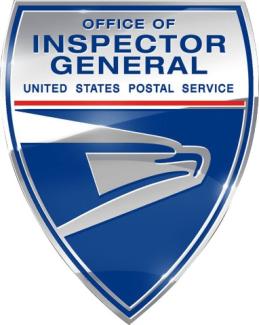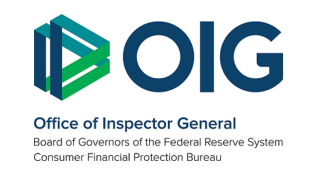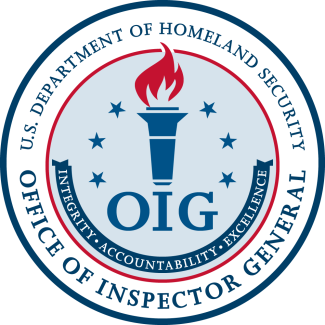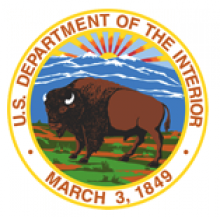03/04/2015
U.S. Postal Service
Utilization of Marketing and Sales Data for Executives
Audit
Agency-Wide
View Report
View Report Highlights
Submitting OIG
U.S. Postal Service OIG
Number of Recommendations
2
Report Number
MS-AR-15-002
03/04/2015
Department of Veterans Affairs
Combined Assessment Program Review of the VA Central Western Massachusetts Healthcare System, Leeds, Massachusetts
Review
View Report
View Report Highlights
Submitting OIG
Department of Veterans Affairs OIG
Number of Recommendations
13
Report Number
14-04228-144
03/04/2015
Department of Veterans Affairs
Review of Community Based Outpatient Clinics and Other Outpatient Clinics of VA Central Western Massachusetts Healthcare System, Leeds, Massachusetts
Review
Leeds , MA United States
Fitchburg , MA United States
Worcester , MA United States
Greenfield , MA United States
Pittsfield , MA United States
Springfield , MA United States
View Report
View Report Highlights
Submitting OIG
Department of Veterans Affairs OIG
Number of Recommendations
6
Report Number
14-04396-142
03/04/2015
Department of Veterans Affairs
Combined Assessment Program Review of the VA Roseburg Healthcare System, Roseburg, Oregon
Review
View Report
View Report Highlights
Submitting OIG
Department of Veterans Affairs OIG
Number of Recommendations
39
Report Number
14-04222-141
03/04/2015
Consumer Financial Protection Bureau
The CFPB Can Enhance Its Diversity and Inclusion Efforts
Audit
Agency-Wide
View Report
View Report Highlights
Submitting OIG
Federal Reserve Board & CFPB OIG
Number of Recommendations
17
Report Number
2015-MO-C-002
03/03/2015
Securities and Exchange Commission, Department of Homeland Security
FEMA Needs to Ensure Cost Effectiveness of $945,640 that Los Angeles County, CA Spent for Hazard Mitigation Under the Pub. Assistance Program
Disaster Recovery Report
View Report
View Report Highlights
Submitting OIG
Department of Homeland Security OIG
Number of Recommendations
1
Report Number
OIG-15-40-D
03/03/2015
Department of the Interior
Investigation of Allegation That FWS Officials Committed Perjury
Investigation
Agency-Wide
View Report
View Report Highlights
Submitting OIG
Department of the Interior OIG
03/03/2015
Department of Veterans Affairs
Healthcare Inspection – Alleged Mismanagement of Gastroenterology Services and Quality of Care Deficiencies, Captain James A. Lovell Federal Health Care Center, North Chicago, Illinois
Inspection / Evaluation
View Report
View Report Highlights
Submitting OIG
Department of Veterans Affairs OIG
Number of Recommendations
1
Report Number
14-04473-132
03/03/2015
Department of Agriculture, Department of Homeland Security
U.S. Customs and Border Protection Did Not Effectively Target and Examine Rail Shipments From Canada and Mexico
Audit
Agency-Wide
View Report
View Report Highlights
Submitting OIG
Department of Homeland Security OIG
Number of Recommendations
6
03/03/2015
Department of Homeland Security
The Security Posture of the United States Coast Guard's Biometrics At Sea System Needs Improvements
Audit
Agency-Wide
View Report
View Report Highlights
Submitting OIG
Department of Homeland Security OIG
Number of Recommendations
7






